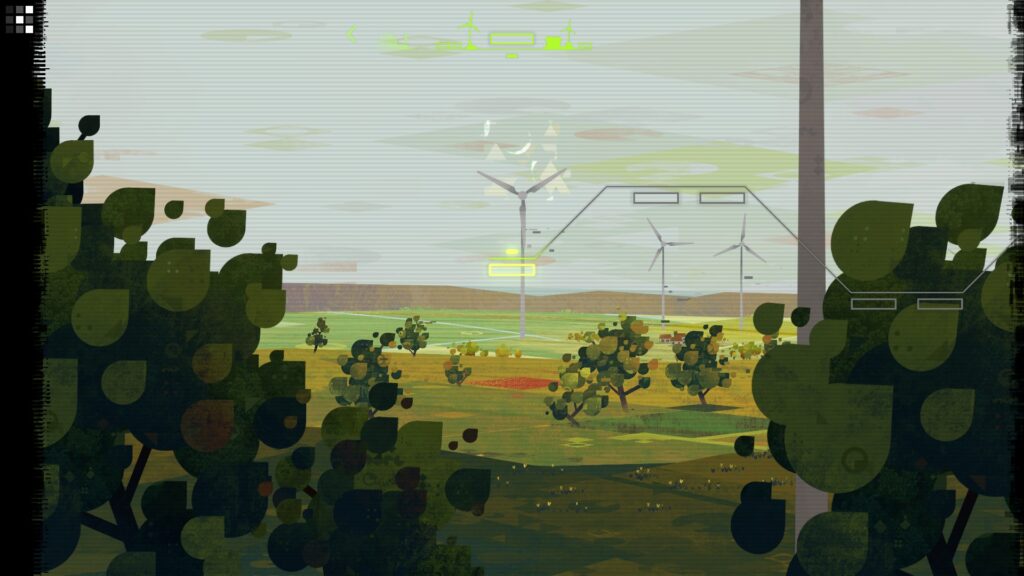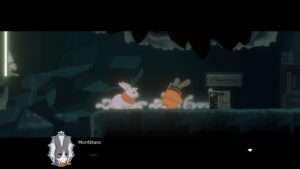CIPHER ZERO video game Review
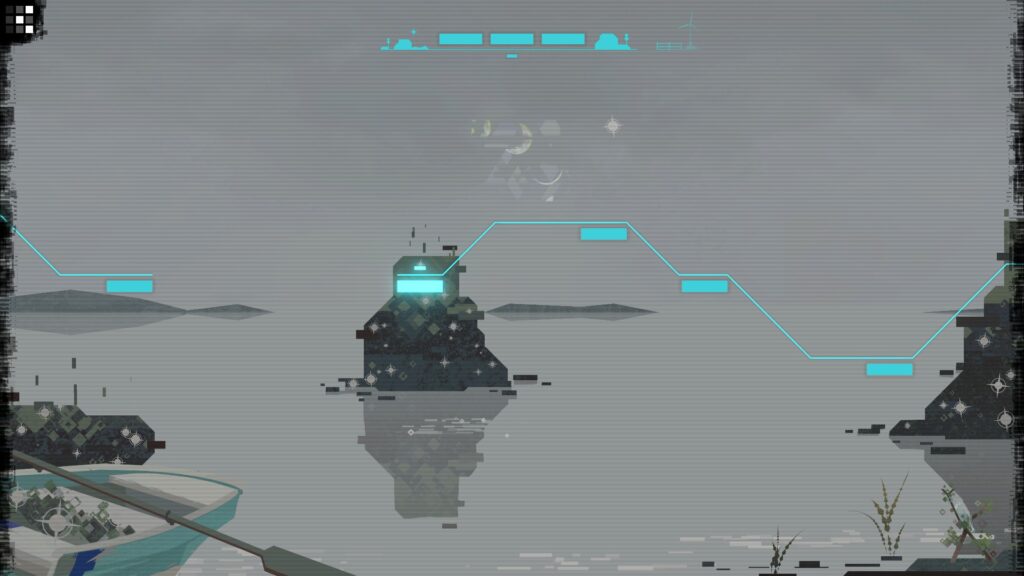
Ambient and geometrical rule-discovery video game that is challenging, rewarding, and surprisingly relaxing.
CIPHER ZERO was created as part of a weekend jam by developers Ben Wu and Jordan Toth. The positive feedback from players encouraged them to develop a prototype and continue building their game. Once they took their prototype to the next level, they collaborated with Zapdot, an independent video game studio, which helped further develop and publish the game.
It is a rule-discovery video game, presented in a delightful geometric interface, with pleasant ambient designs and sounds, that will both challenge your brain and also relax you in ways you didn’t expect.
The game features different stages, each filled with puzzles. Each stage has its own name and background environment. More precisely, each stage is a biome, and I found myself starting this journey at the LAKE.
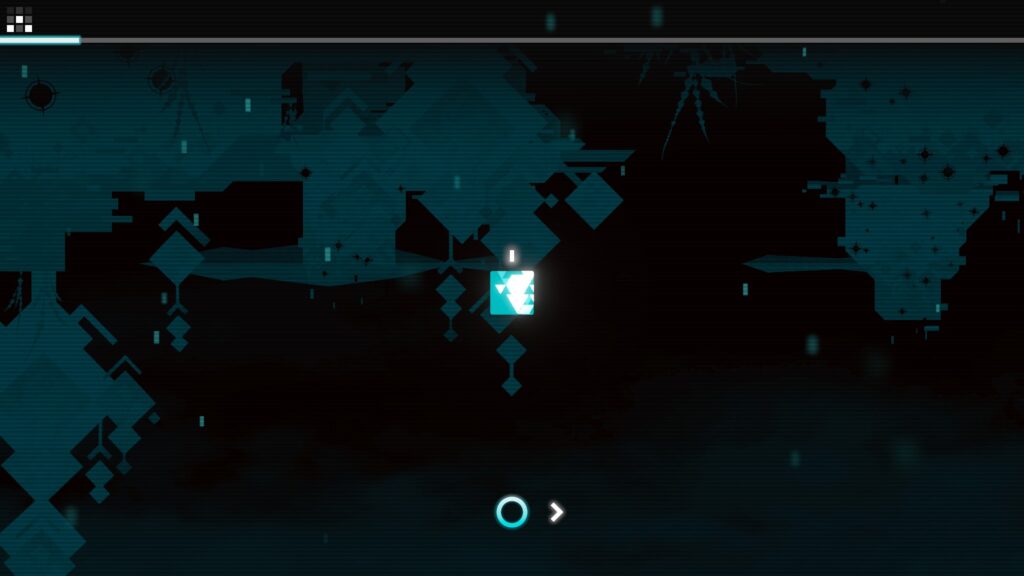
I entered the stage and was presented with a minimal, geometric background, with glowing wireframe paths that pulsed rhythmically at a soothing tempo. These visual elements made the experience more immersive.
Since it’s a rule-discovery game, I had to figure out the rules of the puzzle myself. The game guided me slowly, starting from the absolute beginning, showing me a square tile that I had to click to activate. Then the tiles became two, then four, and so on. Eventually, after the first “tutorial” levels, each puzzle consists of a set of tiles that form a grid in various shapes, and my objective is to activate the correct tiles.
A new rule was introduced to me shortly after. Light indicators or glyphs are placed on or next to the tiles or rows of the grid, each representing a new rule.
Each new indicator was introduced at a balanced pace, giving me enough time to familiarize myself with the previous one before introducing the next. The rules are simple, and after a couple of mistakes, a pattern emerged. But that doesn’t mean that the solution is easy. Some puzzles can get quite tricky, but solving them gave me a great feeling of accomplishment that almost got me addicted. It was hard to let go of the game.

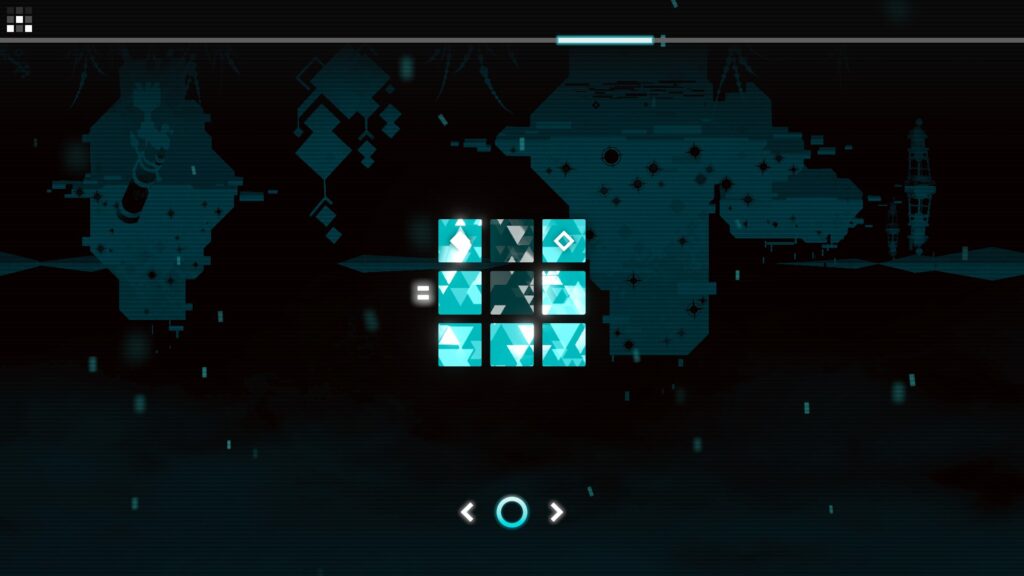
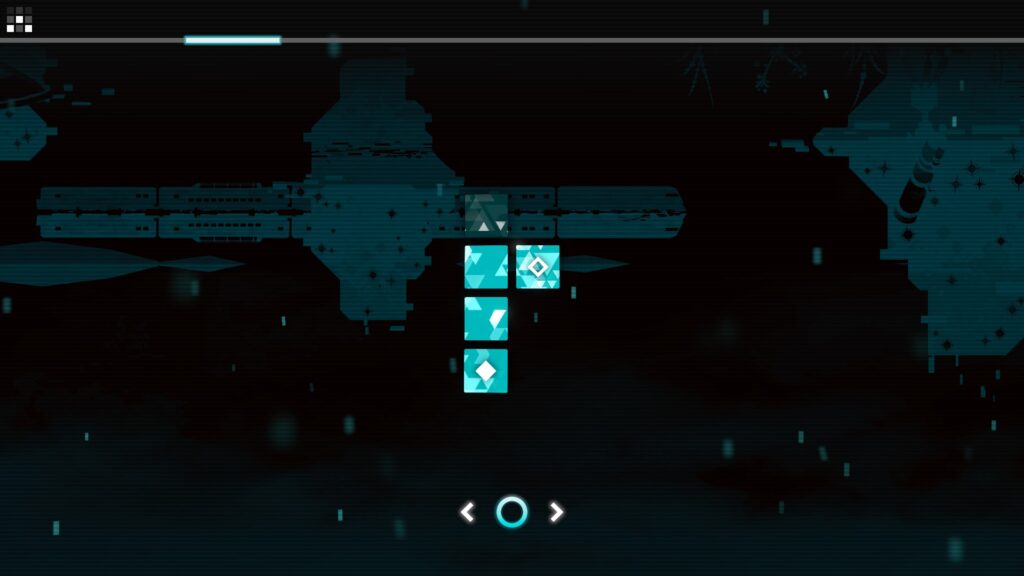

For instance, one rule is that you must activate only two or three tiles per row. Another rule is that you must keep these tiles adjacent to each other. And then you must combine both to solve the puzzle.
What I loved was the minimalist geometrical interface, the ambient lines and sounds, and the rewarding, smooth parallax background movement that occurred once a puzzle was solved.
At certain times, a train appears and passes by in the background, blending wonderfully with the rest of the environment. After all, I was inside a biome, so the train in the background could be seen as a symbol of the journey I had just started.
This is definitely a game for you if you enjoy challenging and sharpening your brain.
And even though it may feel a bit frustrating at times, I encourage you not to give up, as the moment the patterns start to reveal themselves, you will get a rewarding and even stress-relieving experience, perfect for a calming evening after work, or a lazy weekend morning.
Whatever the time, if you are a puzzle lover and appreciate minimalistic interfaces with almost meditation-like background music, then this is a game for you.
